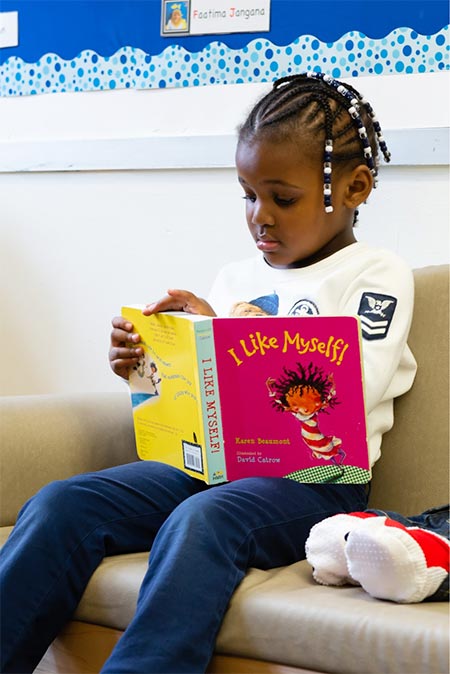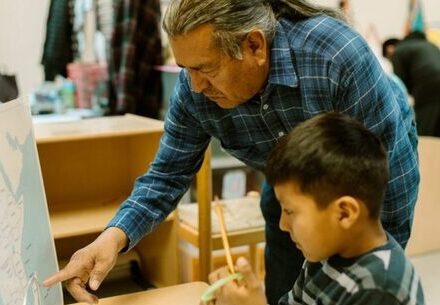
Historically, schools were intentionally designed to assimilate large numbers of young people from various backgrounds into a common culture. The curriculum, instructional practices, and community norms reflected this singular perspective on intelligence and worth. Sometimes, learning reinforced—or even justified—racism, sexism, and other forms of bias. In many schools, this legacy continues today, even if the goal of assimilation has become less explicit. In these contexts, learners have little opportunity to explore and express who they are. Instead, they experience practices and implicit messages that continue to uplift some while diminishing others. However, in order to prepare all young people to thrive in and transform the world, schools must nurture, celebrate, and incorporate the identities of all learners in ways that promote understanding and respect.

When schools appreciate every learner for who they are while also embracing the uniqueness of others, they promote the success of all learners. Learners seeing their communities, values, beliefs, traditions, stories, and languages reflected in the learning environment can increase belonging and support dialogue across lines of difference. And young people learning about the accomplishments of individuals who share key parts of their identity can support their self-efficacy and buffer against identity threats. When young people feel confident in their ability to succeed and feel like they belong, they are more likely to see value in coming to school and are better able to learn when there. In addition, when schools truly view learners’ identities as a valuable source of prior knowledge and connect learning to these identities in purposeful ways, it can deepen learning and make it more long-lasting. Doing this work helps all learners recognize that intelligence and worthiness come from every corner and background.
This Leap Means…
- Learners deepening their understanding of and pride in their heritage, background, culture, language, community, life story, and more.
- Learners having opportunities to fully express who they are and be themselves without fear.
- Learners seeing, learning about, and celebrating identities both similar to and different from their own in ways that are truly affirming and embrace the uniqueness of others.
- Learners feeling respected and deeply known by others in the community.
Beloved community is formed not by the eradication of difference but by its affirmation, by each of us claiming the identities and cultural legacies that shape who we are and how we live in the world.
bell hooks
Examples
Indigenous Montessori Immersion from the Indigenous Montessori Institute (IMI) (Ages 3–12)
The Indigenous Montessori Immersion model from IMI centers on Indigenous epistemologies to equip schools and teachers with the knowledge and skills to curate community-based Montessori immersion experiences for young learners. Through the Montessori method, language immersion, and an intergenerational approach, young people experience culturally affirming learning and develop an understanding of and appreciation for their community, culture, and individual gifts.

Internationals Network (Grades 6–12)
Internationals Network’s comprehensive approach supports the linguistic, academic, and socio-emotional development of recent immigrant and refugee youth through a blend of language-rich, interdisciplinary, collaborative, and experiential learning. The model’s key practices, including advisories and collaborative projects, seek to affirm and build upon learners’ rich linguistic abilities, creating a culture where each learner experiences identity safety and develops respect for the identities of others.

Near-Peer Mentoring from Eye to Eye (Grades 5–8)
Through near-peer mentorship, Eye to Eye helps learners and young adults with learning differences build skills to advocate for what they need to thrive in school and life. Leveraging mentorship, art-based methods, and other practices, the program supports learners to identify their strengths and embrace their own unique learning differences, while recognizing and celebrating the diverse identities of their peers.

The Rites of Passage Program from the Brotherhood Sister Sol (BroSis) (Grades 6–12)
The Rites of Passage Program supports adolescents’ successful journey into adulthood by helping them define their values and by providing them with an intentional community, wraparound support, liberation education, and leadership development. In this model, youth form self-identified, gender-based groups that, alongside other structures, provide the space for young people to explore who they are, where they come from, what they value, and more.


